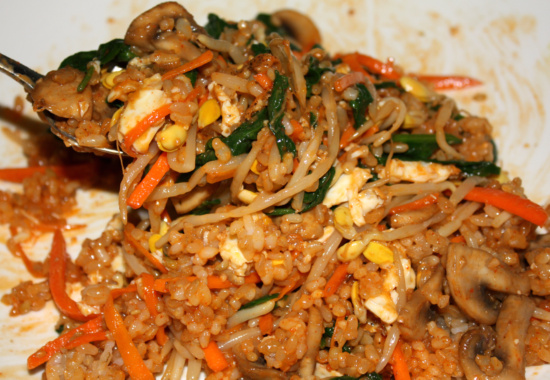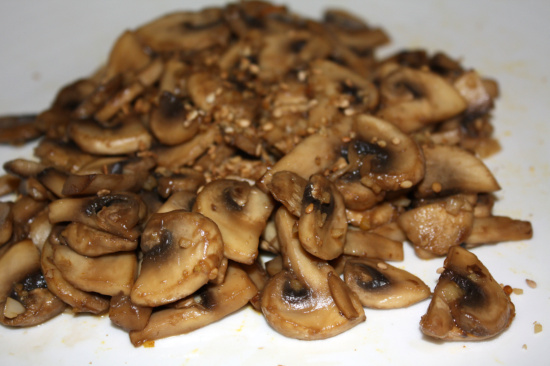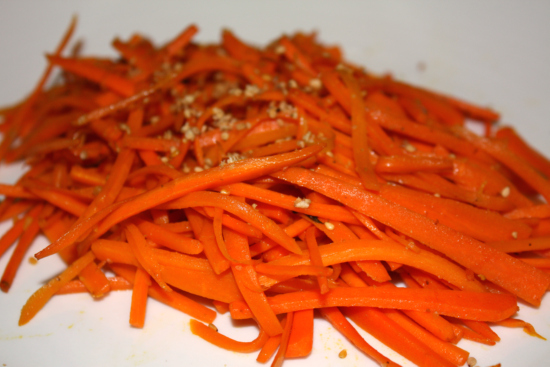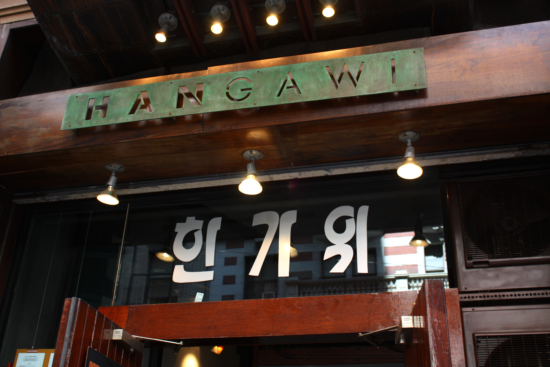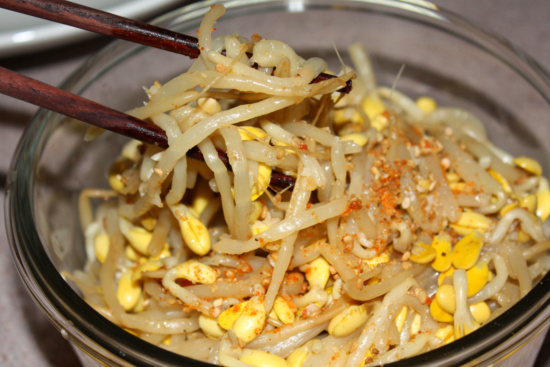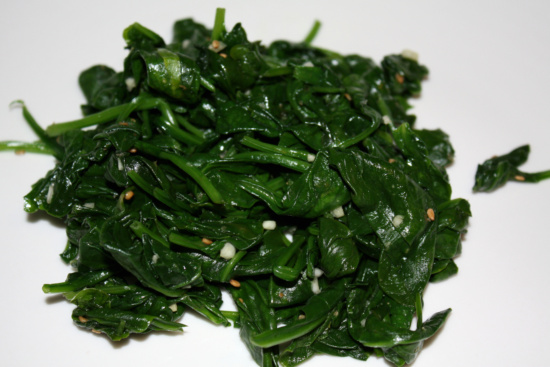Cooking in a tiny NYC kitchen can be a challenge. Most of the kitchens in the home renovation magazines that are described as tiny are palatial compared to a small NYC kitchen. I guess it’s all relative, because some NYCers would say our kitchen is “roomy”. We have most of our bowls and plates still packed in boxes, because we just don’t have the storage for them. We make due with 3 bowls (my husband broke one), 3 salad plates (ditto on the husband), and 4 dinner plates. So nope; I’m not exaggerating when I say TINY.
When there is a lot of prep work involved, it’s a challenge – not only because of the lack of space, but also because my dinnerware often doubles as my prep bowls. I wasn’t surprised when I ran out of my bowls prepping for this Bibimbap. So I ended up serving this dish on plates. Bibimbap, which is normally a “rice bowl”, ended up being a “rice plate”. But it was so satisfying and delicious just the same…
Continue Reading Vegetarian Bibimbap with Gochujang Sauce . . .

